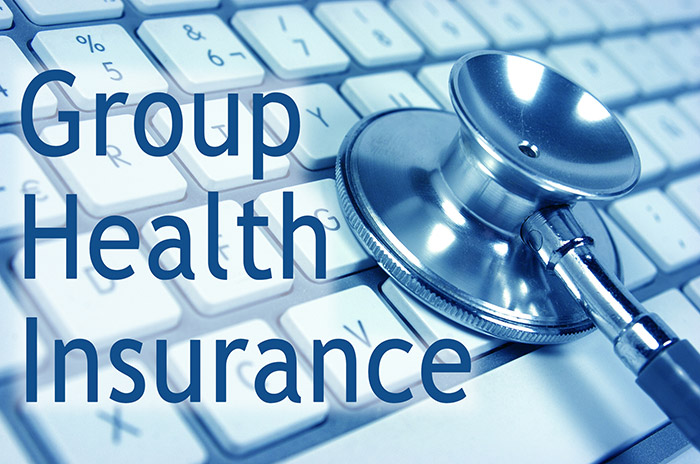The Best Guide To Pacific Prime
The Best Guide To Pacific Prime
Blog Article
Pacific Prime Things To Know Before You Buy
Table of ContentsPacific Prime Things To Know Before You Get ThisFascination About Pacific PrimePacific Prime - An OverviewUnknown Facts About Pacific PrimeThe 7-Minute Rule for Pacific Prime

This is since the information were collected for a period of solid economic performance. Of the approximated 42 million people who were without insurance, almost regarding 420,000 (concerning 1 percent) were under 65 years of age, the age at which most Americans become qualified for Medicare; 32 million were adults between ages 18 and 65, around 19 percent of all grownups in this age group; and 10 million were kids under 18 years old, concerning 13.9 percent of all children (Mills, 2000).
These estimates of the variety of individuals without insurance are generated from the annual March Supplement to the Existing Populace Survey (CPS), carried out by the Census Bureau. Unless otherwise kept in mind, national quotes of individuals without health insurance coverage and percentages of the population with different sort of protection are based upon the CPS, the most commonly made use of source of quotes of insurance protection and uninsurance prices.
Examine This Report about Pacific Prime

Still, the CPS is particularly beneficial since it produces yearly price quotes fairly promptly, reporting the previous year's insurance policy coverage estimates each September, and due to the fact that it is the basis for a regular collection of quotes for greater than two decades, permitting for analysis of trends in coverage gradually. For these reasons, as well as the extensive use the CPS in various other studies of insurance policy protection that are presented in this record, we rely upon CPS estimates, with constraints noted.

The estimate of the number of without insurance people increases when a population's insurance standing is tracked for a number of years. Over a three-year duration beginning early in 1993, 72 million individuals, 29 percent of the united state populace, lacked protection for at least one month. Within a solitary year (1994 ), 53 million individuals experienced a minimum of a month without coverage (Bennefield, 1998a)
6 out of every ten without insurance adults are themselves used. Although functioning does enhance the likelihood that and one's relative will certainly have insurance policy, it is not an assurance. Even participants of families with two permanent wage earners have practically a one-in-ten possibility of being without insurance (9.1 percent uninsured rate) (Hoffman and Pohl, 2000).
The Main Principles Of Pacific Prime
New immigrants represent a substantial proportion of individuals without health insurance policy. One analysis has connected a significant section of the recent development in the size of the united state without insurance population to immigrants that arrived in the country in between 1994 and 1998 (Camarota and Edwards, 2000). Recent immigrants (those who pertained to the USA within the previous four years) do have a high rate of being uninsured (46 percent), however they and their children account for just 6 percent of those without insurance coverage country wide (Holahan et al., 2001).
The connection in between medical insurance and access to care is well developed, as recorded later on in this phase. Although the partnership in between medical insurance and health outcomes is neither direct nor easy, a considerable clinical and health services research literature links medical insurance coverage to improved accessibility to care, far better quality, and improved personal and population health status.
Degrees of analysis for analyzing the results of uninsurance. It concentrates specifically on those without any health and wellness insurance coverage for any type of length of time.
What Does Pacific Prime Do?
The problems encountered by the underinsured are in some areas similar to those faced by the without insurance, although they are normally less severe. Wellness insurance policy, nevertheless, is neither required nor sufficient to gain accessibility to medical services. The independent and direct effect of health insurance policy coverage on access to health and wellness services is well established.
Others will obtain the healthcare they need even without health and wellness insurance policy, by spending for it expense or seeking it from suppliers who use visit this site care cost-free or at extremely subsidized prices. For still others, health and wellness insurance alone does not make sure receipt of treatment as a result of various other nonfinancial barriers, such as an absence of health care suppliers in their area, minimal access to transportation, illiteracy, or linguistic and social distinctions.
A Biased View of Pacific Prime
Official research regarding uninsured populaces in the USA dates to the late 1920s and very early 1930s when the Board on the Cost of Treatment created a series of records regarding funding medical professional workplace gos to and hospital stays. This concern became prominent as the varieties of clinically indigent climbed up during the Great Clinical depression.
Report this page